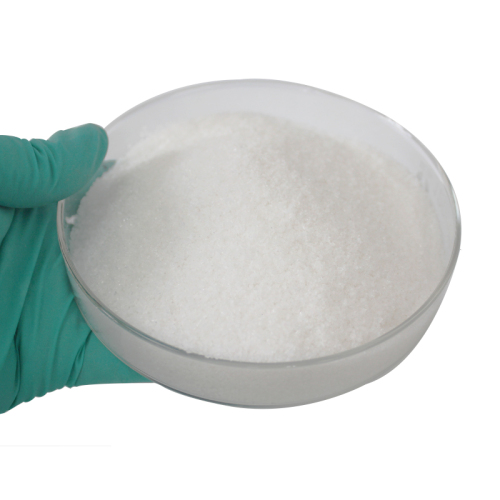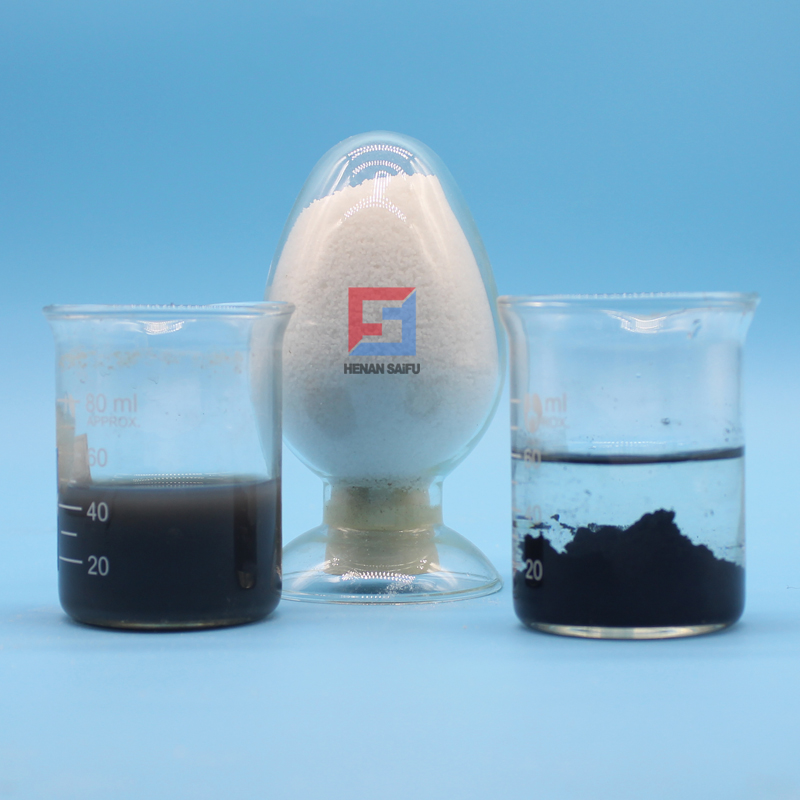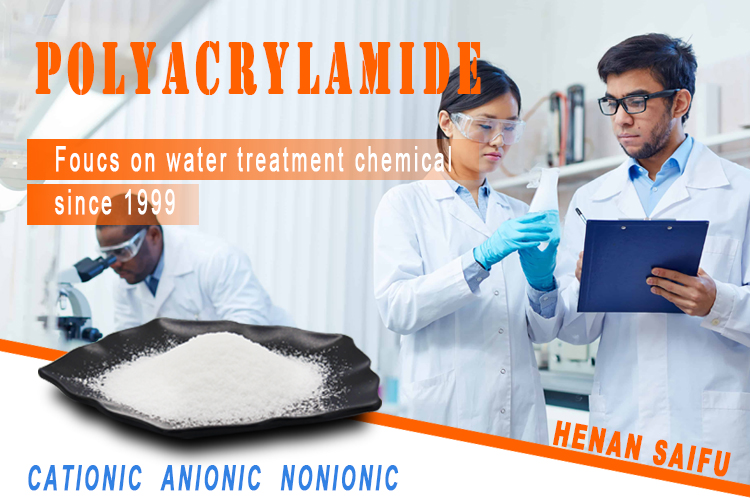E-mail: admin@saifutd.com Tel: 86-13598853789
E-mail: admin@saifutd.com Tel: 86-13598853789
Products

Cationic polyacrylamide (CPAM) is a linear polymer compound. Because it has a variety of active groups, it can form hydrogen bonds with a variety of substances through affinity and adsorption. It mainly flocculates negatively charged colloids and has functions such as turbidity removal, decolorization, adsorption, and adhesion. It is suitable for industries such as printing and dyeing, papermaking, food, construction, metallurgy, mineral processing, coal powder, oil fields, aquatic product processing, and fermentation. The treatment of wastewater with high organic colloid content is especially suitable for the dehydration treatment of urban sewage, urban sludge, papermaking sludge and other industrial sludge.
Cationic polyacrylamide (CPAM) is a linear polymer compound. Because it has a variety of active groups, it can form hydrogen bonds with a variety of substances through affinity and adsorption. It mainly flocculates negatively charged colloids and has functions such as turbidity removal, decolorization, adsorption, and adhesion. It is suitable for industries such as printing and dyeing, papermaking, food, construction, metallurgy, mineral processing, coal powder, oil fields, aquatic product processing, and fermentation. The treatment of wastewater with high organic colloid content is especially suitable for the dehydration treatment of urban sewage, urban sludge, papermaking sludge and other industrial sludge.

| Appearance | White particles | Solid content | ≥88% |
| Molecular weight | 8-12 million | Water-insoluble matter | ≤2% |
| Residual unit | ≤0.1% | Cation concentration | 10-70% |
By adding a small amount of cationic polyacrylamide products, you can achieve a great flocculation effect. Generally, you only need to add 0.01~10ppm (0.01~10g/m3) to fully exert its effect.
Using cationic polyacrylamide products and inorganic flocculants (polymer ferric sulfate, polyaluminum chloride, iron salts, etc.) at the same time can show greater effects.
Because cationic polyacrylamide has the following functions:
1. Clarifying and purifying effect;
2. Settlement promotion effect;
3. Filtration promotion effect;
4. Thickening and other effects.
Therefore, it can fully meet the requirements in waste liquid treatment, sludge concentration and dehydration, mineral processing, coal washing, paper making, etc.
1) Polyacrylamide is an organic polymer compound, which can be divided into anionic polyacrylamide, cationic polyacrylamide and nonionic polyacrylamide. It is a white powder or granule, soluble in water, but the dissolution rate is very slow;
2) Anionic polyacrylamide is generally used as a flocculant in wastewater treatment, and cationic polyacrylamide is generally used for sludge dehydration;
3) When used as a flocculant, the dosage is generally 1-2ppm, that is, the dosage for each ton of wastewater treated is about 1-2g;
4) When used, the anionic type is generally formulated into an aqueous solution of about 0.1%, and the cationic type can be formulated into an aqueous solution of 0.1%-0.5%;
5) When preparing the solution, you should first add water to the dissolving tank, then turn on the mixer, and then slowly add PAM along the vortex. PAM cannot be added quickly at one time, otherwise PAM will agglomerate and form "fish eyes" and cannot be dissolved;
6) After adding PAM, stirring should generally continue for more than 30 minutes to ensure that it is fully dissolved;
7) The dissolved PAM should be used as soon as possible. The anionic type should generally not exceed 36 hours. The cationic type is easy to hydrolyze after being dissolved and should be used within 24 hours.
1) For sludge dehydration, the corresponding model of this product can be selected according to the properties of the sludge. It can effectively dewater sludge before entering the filter press. Large flocs will be produced during dehydration and will not stick to the filter cloth, nor will they stick to the filter cloth during filtration. The mud cake is loose, the flowing mud cake is thick, the dehydration efficiency is high, and the moisture content of the mud cake is below 80%.
2) Used for the treatment of domestic sewage and organic wastewater. This product is positively charged in compounds or alkaline media, so it can flocculate and settle negatively charged sewage with suspended particles in the sewage, and is very effective in clarifying it. Such as the production of grain alcohol wastewater, papermaking wastewater, urban sewage treatment plant wastewater, beer wastewater, MSG plant wastewater, sugar wastewater, high organic content wastewater, feed wastewater, textile printing and dyeing wastewater, etc., use cationic polyacrylamide to replace anionic and nonionic polyacrylamide. The effect of acrylamide or inorganic salts is several times or dozens of times higher, because this type of wastewater is generally negatively charged.
3) Used as a flocculant to treat tap water with river water as the water source. It has low dosage, good effect and low cost. Especially when used in conjunction with inorganic flocculants, the effect is better. It will become the tap water treatment system for the Yangtze River, Yellow River and other river basins. High-efficiency flocculant for factory use.
4) Reinforcing agents and other additives for papermaking. Improve the retention rate of fillers, pigments, etc. and the strength of paper.
5) Used as economic additives in oil fields, such as clay anti-swelling agent, oil field acidifying thickener, etc.
6) Used as textile sizing agent, the sizing performance is stable, the sizing is less, the fabric breakage rate is low, and the cloth surface is smooth.

